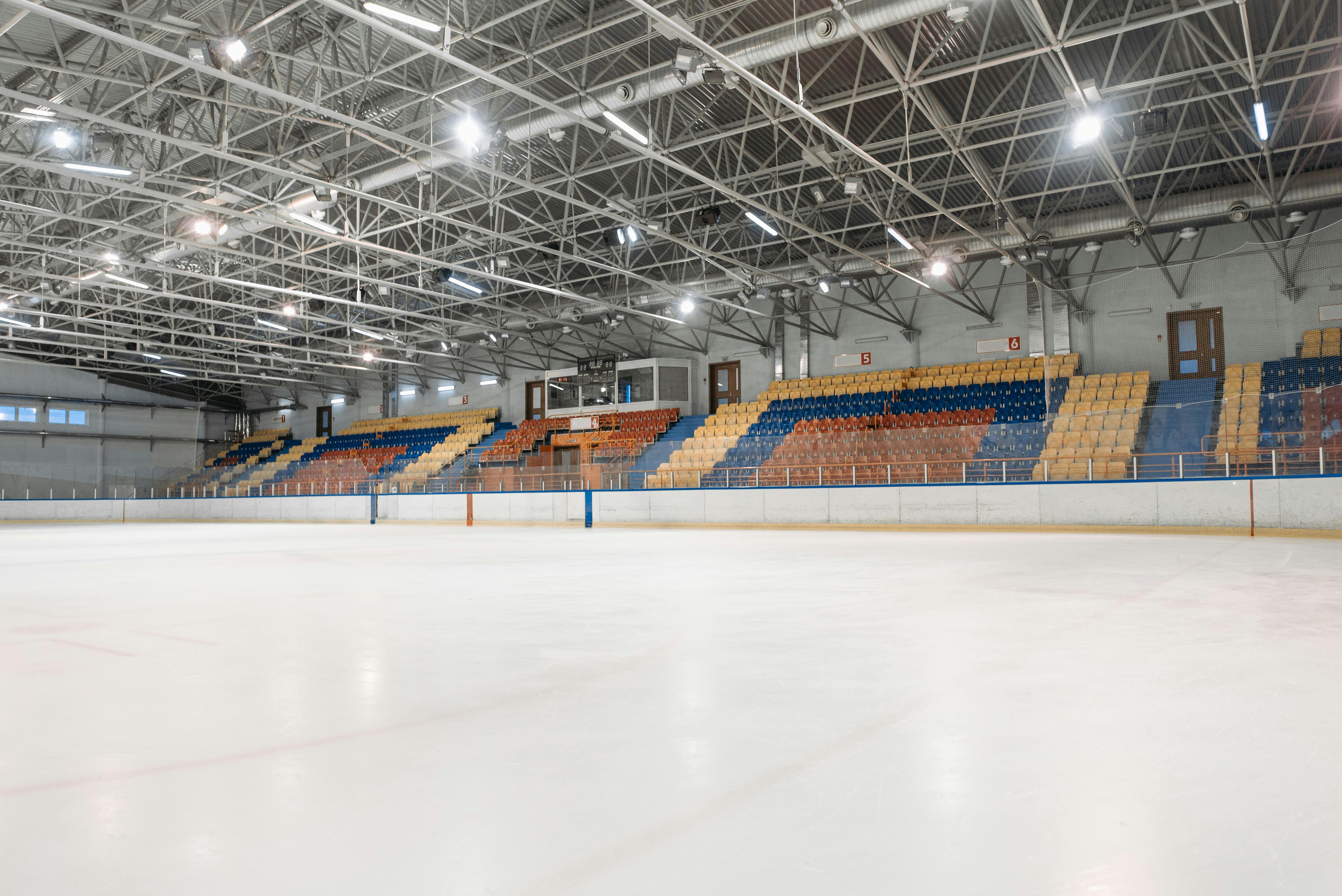Utah Beach – The German Perspective
Utah Beach, after the invasion in 1944, is somewhat overlooked due to the terrible losses suffered at Omaha Beach. Even more overlooked is the German involvement during the battle that occurred on this stretch of the Normandy coast in June all those years ago.
The German strongholds defending this portion of the Atlantic Wall weren’t exactly impregnable; unlike the description given by the Axis propaganda. Many of the bunkers were unmanned by German soldiers. The German Wehrmacht was extremely overburdened by this period of the war and Hitler resorted to using soldiers from Russia, Georgia, and other Eastern European nations. Although he was totally against any race other than the Germans fighting for the Third Reich, it soon became apparent that his hands were tied. With around 5000 km from the Atlantic Wall to man, he had no choice but to use non-German soldiers.
The strong point in Utah Beach that would withstand the brunt of the American assault on D-Day turned out to be WN5. WN is Weiderstandsnest in German. The translation of this into English is nest of resistance.
Before the D-Day assault, the commanding officer of this nest of resistance was Arthur Jahnke; a young officer in his twenties. Having experienced combat on the Eastern Front, he was a very good officer and, despite his age, showed great courage during the battle on June 6.
In the early hours of June 6, Jahnke received a notification that there were reports of paratroopers falling behind the position of the resistance nest. Shocked by this news, he sent a patrol to see what was going on. To their amazement, upon returning, they brought 19 American prisoners from the 101st Airborne. Jahnke began to wonder if it was the inevitable invasion; However, convinced by Rommel that the invasion would come in good weather and at the shortest point between England and France, he could not help thinking that it was a diversionary attack.
Jahnke secured the 19 Americans in a bunker behind the coastal defenses. Many of the paratroopers were injured, so the Resistance’s nest doctor treated them. The prisoners were alarmed to see that the doctor had a side arm; contrary to the Geneva Convention. After protesting this violation, Jahnke ordered the doctor to “lose the barrel.” This action would later go in favor of Jahnke when he was taken prisoner by the Americans.
Once the invasion force reached the beach, now known as Utah Beach, it is worth noting that despite the overwhelming odds, Jahnke and his force of around 75 soldiers fought their best. Much to Jahnke’s dismay, nearly all of the equipment at his disposal to repel the Allied assault was destroyed during the air and naval bombardment.
Resistance Nest 5 was taken with few American casualties. This statistic would indicate that the German strength was inferior to that of the Americans. However, when the statistics are analyzed, a slightly different picture is presented. With a limited number of German troops and equipment at the head of the beach, no reserve troops and no tank support, it was an almost inevitable conclusion that the Americans would prevail. With US Airbone soldiers landing behind enemy lines and cutting off vital reserves, Jahnke and his men would finally be fighting a losing battle; a battle that would last around 90 minutes but would go down in the history books as the beginning of the fall of the Nazi regime.
Almost 70 years after the D-day invasion, Utah Beach still draws thousands of visitors every year. Many of the bunkers that were built to repel the Allied invasion are still intact and are now a tourist attraction. Arthur Jahnke and his troops manning these bunkers probably never would have believed that their bunkers would be visited by tourists from all over the world all these years later.
